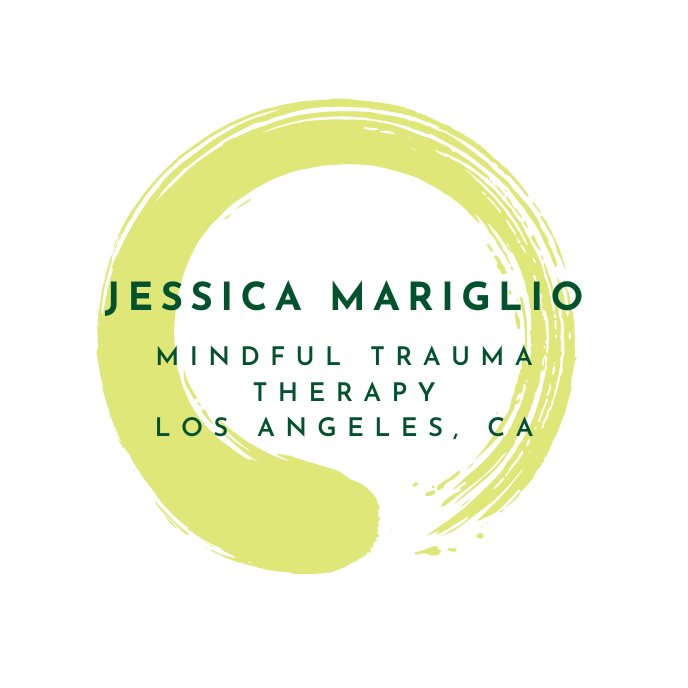
EMDR THERAPY
To accept one's past—one's history—is not the same thing as drowning in it; it’s learning how to use it.
-James Baldwin
What is EMDR therapy?
Have you ever felt like the past keeps showing up uninvited? Or found yourself repeating patterns even when you know they're not serving you?
Eye Movement Desensitization and Reprocessing (EMDR) therapy is a type of psychotherapy that helps free us from our past. EMDR can give us greater choice about the actions we take in the world and the meanings that we make out of our experiences. It helps us move forward in life with a positive, hopeful outlook.
EMDR works by helping your mind heal from psychological wounds, much like your body heals from physical wounds. In a safe, supported state, EMDR helps create new neural pathways, allowing traumatic memories to be processed and stored properly—creating healthy distance between 'what happened then' and 'what's happening now.'
For more information about EMDR please visit the EMDR International Association website.
What to expect in an EMDR therapy session?
EMDR therapy follows a structured approach designed to help you feel safe and in control throughout the process. We don't jump straight into processing difficult memories—instead, we take time to build your toolkit first.
In our initial sessions, we'll focus on preparation: learning grounding techniques, building your capacity to manage difficult emotions, and ensuring you have solid coping skills in place. Only when you feel ready and resourced do we begin the actual memory processing work.
During processing sessions, you'll remain fully awake and in control while we use bilateral stimulation (typically eye movements, but sometimes taps) to help your brain naturally process stuck memories.
While studies show EMDR can be faster than traditional talk therapy, healing happens at your own pace. Some people notice shifts after just a few sessions, while others need more time—and that's completely normal.
A great way to understand EMDR therapy is to watch a sample session, so you get an idea of what it looks like as it’s a bit different than traditional therapy. Here’s a link to the founder of the Institute of Creative Mindfulness’ Youtube Channel, where you can find some demonstrations of EMDR in practice and more information about what to expect.
Who can benefit from EMDR?
EMDR can be helpful for anyone whose past experiences are interfering with their present life. You might benefit from EMDR if you:
Have experienced trauma, whether "big T" or "little t" traumas
Struggle with anxiety, depression, or panic attacks
Find yourself stuck in negative patterns or self-sabotaging behaviors
Deal with disturbing memories that feel "stuck" or intrusive
Have negative beliefs about yourself that feel deeply rooted
Experience emotional triggers that seem disproportionate to current situations
Feel like talk therapy alone hasn't been enough to create lasting change
EMDR works with the natural healing capacity of your brain, making it effective for a wide range of concerns—not just obvious trauma.
How do EMDR and Somatic experiencing work together?
Both EMDR therapy and Somatic Experiencing® are considered somatic therapies. While many people have strong feelings about comparing EMDR therapy with Somatic Experiencing®, the synthesis of the two is an exciting and effective approach to working with trauma and emotional dysregulation. In my practice, I seamlessly integrate the two approaches, as I strongly believe they are complimentary and build off of one another. Combining the two appraoches and frameworks enhances the effectiveness of the therapy.
Mindfulness Based Interventions
Mindfulness based approaches allow clients to explore the content of their minds without getting swept away in the emotion or story.
Somatic Therapy
Somatic Experiencing (SE™) aims to resolve symptoms of stress, shock, and trauma that accumulate in our bodies and helps us release, recover, and become more resilient.


